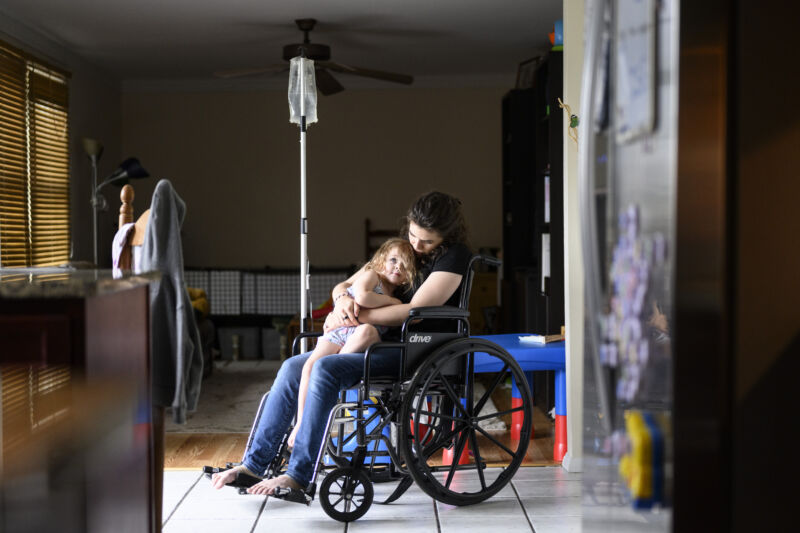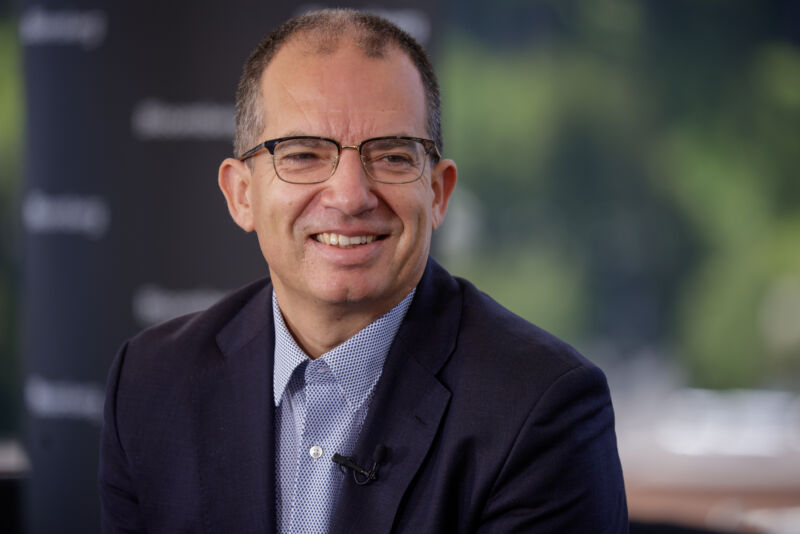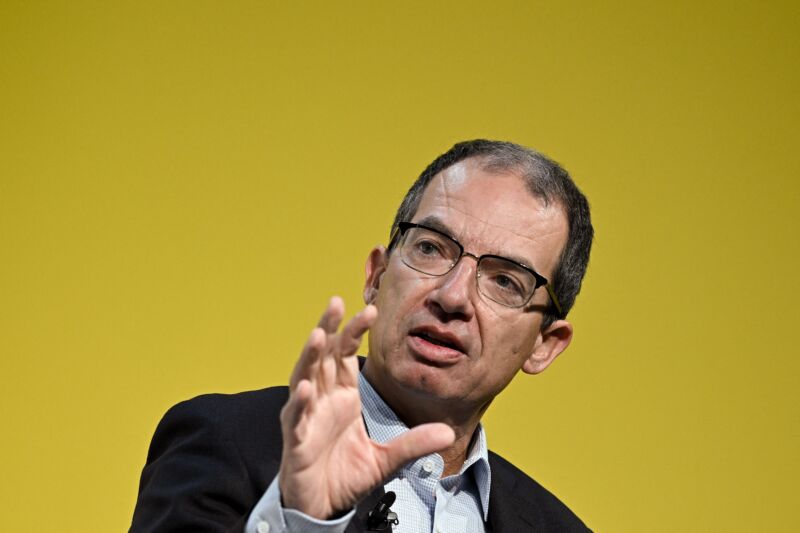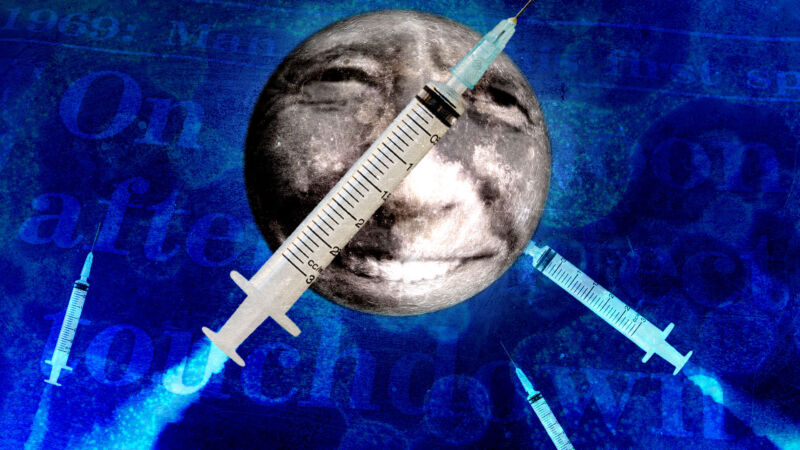-
 chevron_right
chevron_right
Study narrows long COVID’s 200+ symptoms to core list of 12
news.movim.eu / ArsTechnica · Friday, 26 May, 2023 - 17:04

Enlarge / A long COVID patient sits with her daughter in her wheelchair while receiving a saline infusion at her Maryland home on Friday, May 27, 2022. (credit: Getty | The Washington Post )
Tens of millions of people worldwide are thought to have developed long-term symptoms and conditions in the wake of a SARS-CoV-2 infection. But this sometimes-debilitating phenomenon, often called long COVID, remains a puzzle to researchers. What causes it? Who gets it? And, perhaps, the most maddening one: What is it?
Long COVID patients have reported a wide spectrum of more than 200 symptoms. Some are common, like loss of smell, while others are rarer, like tremors. Some patients have familiar constellations of symptoms, others seem to have idiosyncratic assortments.
Researchers hypothesize that long COVID may simply be an umbrella term for a collection of variable—and potentially overlapping—post-COVID conditions that may have different causes. Those causes might include autoimmunity, immune system dysregulation, organ injury, viral persistence, and intestinal microbiome imbalances (dysbiosis).








